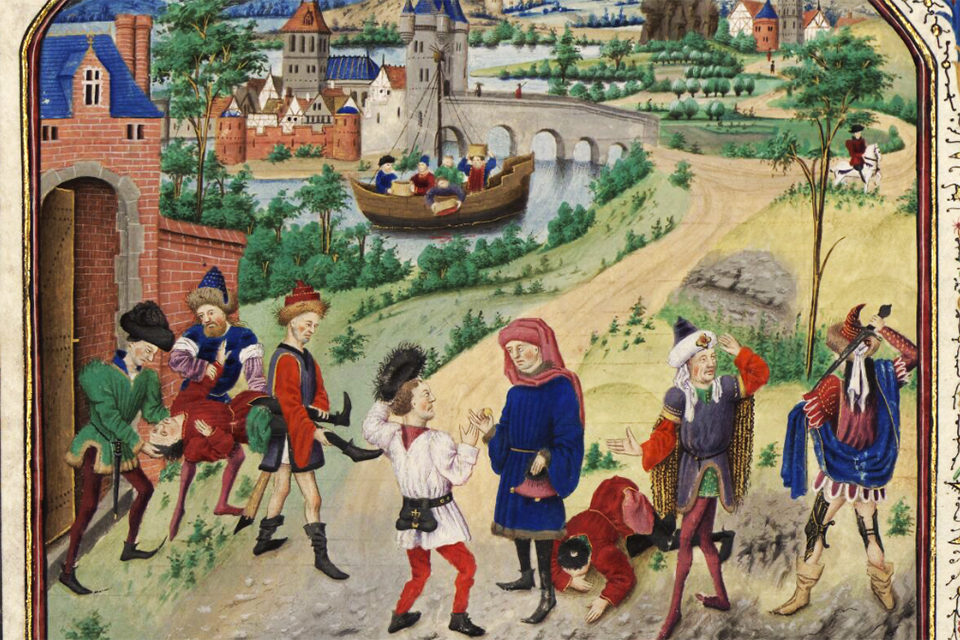Late Medieval Society buzzed with entanglements between merchants, religious people, students, artists, and diplomats. What role did kinship, friendship and coupling play for networks? New Book explores letters, account books and other sources
Networking in Late Medieval Central Europe: Friends, Families, Foes
Eds. by Beata Możejko, Anna Orłowska, Leslie Carr-Riegel
Routledge 2023
Exploring the formation of networks across late medieval Central Europe, this book examines the complex interaction of merchants, students, artists, and diplomats in a web of connections that linked the region. These individuals were friends in business ventures, occasionally families, and not infrequently foes. No single activity linked them, but rather their interconnectivity through matrices based in diverse modalities was key. Partnerships were not always friendship networks, art was sometimes passed between enemies, and families created for financial gain. Taking an interdisciplinary approach, the chapters focus on inclusion and exclusion within intercultural networks, both interpersonal and artistic, using a wide spectrum of source materials and methodological approaches.
The concept of friends is considered broadly, not only as connections of mutual affection but also simply through business relationships. Families are considered in terms of how they helped or hindered local integration for foreigners and the matrimonial strategies they pursued. Networks were also deeply impacted by rivalry and hostility.
CONTENTS:
Introduction — Beata Możejko, Anna Paulina Orłowska, Leslie Carr-Riegel
Gaudeamus igitur in Bononia dum sumus: a network of Polish students in Italy in the late Middle Ages — Anna Horeczy
A Venetian merchant in Poland: the life and times of Pietro Bicherano — Leslie Carr-Riegel
How to Develop a Trade Network as a Newcomer without Getting Married? Examples from the Account Book of Danzig Merchant Johan Pyre — Anna Paulina Orłowska
Marriage networks and building structures of power within the urban communities between the Drava River and the Adriatic Sea: a comparative approach — Zrinka Nikolić Jakus and Marija Karbić
Inclusion and exclusion. Intercultural relationships in Old Warsaw in the fifteenth and sixteenth centuries in light of the municipal registers — Agnieszka Bartoszewicz
The diplomacy of Sigismund of Luxembourg in the dispute between the Teutonic Knights and Poland-Lithuania — Přemysl Bar
The coat of arms of Louis II, King of Hungary and Bohemia, in the choir of Barcelona Cathedral. The role and significance of the Jagiellonian dynasty in the nineteenth assembly of the Order of the Golden Fleece in 1519 — Aleksandra Stanek
Rome, Rostock and a remote region: Livonian bishops — Anu Mänd
What links the Last Judgment triptych by Hans Memling with Florence, Rome, Nuremberg, Breisach and Cracow? — Beata Purc-Stępniak
Across boundaries. Artistic exchange (painting, sculpture) in the area between Gdańsk (Danzig) and Königsberg in the late Middle Ages — Andrzej Woziński
Distant enemies, yet allies in art? Remarks on supposed artistic relations between fourteenth-century Prussia and the Islamic and Byzantine cultures in the Middle East — Tomasz Torbus
Late medieval networks of faith: the West and the East. Fortified urbanity and religion in fifteenth-century illuminations produced in France — Sabina Madgearu
READ ALSO:






